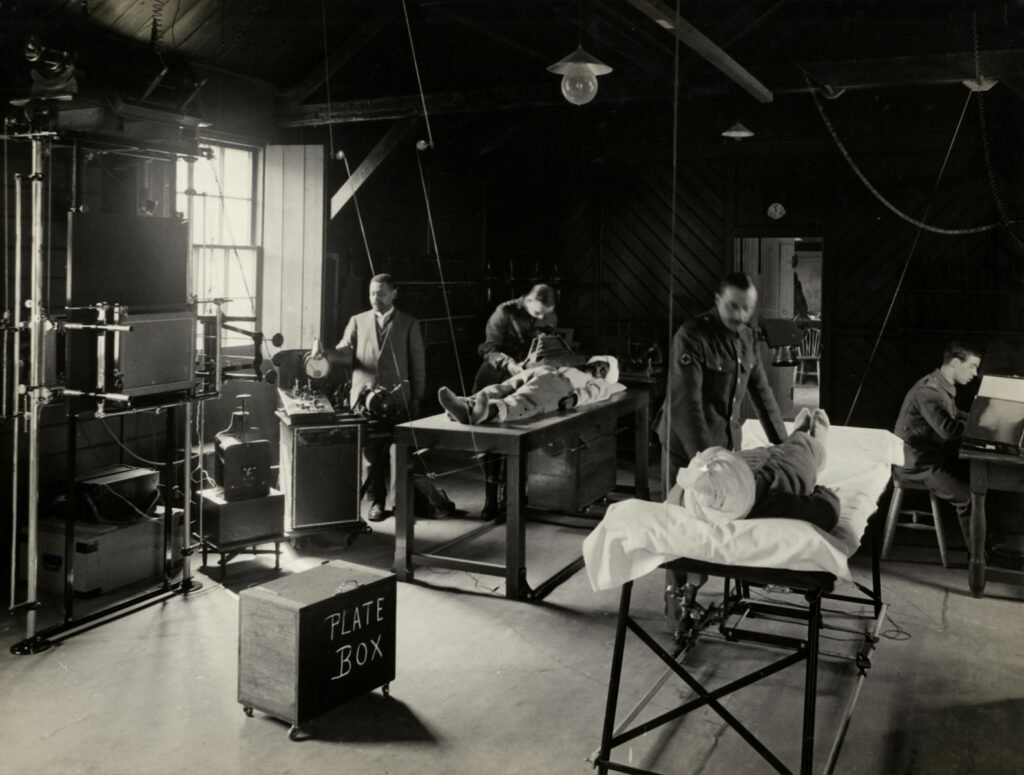
The Colonial Economy: An Overview
Ah, behold the enigmatic Colonial Economy, a realm where boundless opportunities and unpredictable outcomes collided to sculpt the very essence of a nascent nation! Envision vibrant ports pulsating with the murmurs of trade, saturated with the fragrant scent of exotic wares. From the lush plantations of Virginia to the bustling markets of Boston, commerce thrived as the life force of these colonies.
Within this tumultuous whirlwind of economic fervor, resonant voices such as that of Benjamin Franklin reverberated through the cobblestone streets, urging settlers to grasp hold of their destinies. As Franklin eloquently proclaimed, “Industry need not wish,” encapsulating a spirit brimming with determination to carve out a distinct path in this uncharted territory. The bustling merchants engaged in lively negotiations over prices while intrepid ship captains embarked on daring expeditions across perilous waters in pursuit of wealth. Within this intricate tapestry woven from ambition and ingenuity, emerged an economy pulsating with vitality – each colonist contributing as an essential thread in fabricating a burgeoning nation.
Mercantilism and its Impact
Ah, the tangled web of mercantilism, a perplexing economic doctrine that had our 18th-century colonists dancing to the tune of Mother England. Export more than import, hoard precious metals like gold and silver, and maintain a firm hold on the colonies for the greater good of the homeland – these were the rules of engagement. As Benjamin Franklin so aptly stated, “How convenient it is to be a rational being, as it allows one to justify any action one desires.” The British had their justifications for imposing those stringent trade laws, oh yes they did.
The impact of mercantilism on our colonies was far from easy street. From the restricting Navigation Acts to unceasing demands for raw materials, our colonists found themselves in quite a bind. John Adams wisely noted that there are two forms of education – one teaches us how to make a living while the other teaches us how to live. And let me tell you, our resilient settlers had to think outside the box when facing such economic constraints. Balancing loyalty to crown with personal economic interests became an intricate dance; colonial life was certainly full of surprises!
The Atlantic Trade Routes
Enshrined in the archives of history, the Atlantic Trade Routes stood as a perplexing web of commerce during the colonial era, intertwining the Old World with the New World in a whirlwind of goods and opulence. Vessels burdened with silks, spices, and other treasures traversed the expansive ocean expanse, heralding a new epoch of global trade. Echoing sentiments from Thomas Jefferson who pondered, “The distant origins of this trade, where nature’s bounty is so diverse, will surely guarantee its prosperity.”
The lively ports of Boston, Philadelphia, and Charleston hummed with frenzied activity as traders negotiated for exotic wares from afar. It was an age when boundaries seemed blurred and aspirations for riches and triumph lured those courageous enough to venture into uncharted territories. Benjamin Franklin astutely observed that “Trade thrives where nations are separated by geography yet connected by commerce.” The Atlantic Trade Routes not only spurred economic development but also laid the groundwork for cultural interchange and the emergence of fresh identities within the melting pot of colonies.
The Role of Slavery in Economic Development
The enigma of slavery, oh how it intricately entangles itself within the web of economic development in our cherished colonies. From the tobacco fields of Virginia to the sugar plantations of the Caribbean, the labor of those held in bondage played a vital role in shaping the prosperity of the New World. As Thomas Jefferson eloquently put it, “The whole commerce between master and slave is a perpetual exercise in tumultuous passions, with relentless despotism on one side and degrading submission on the other.” Truly, the colonial era’s economic engine was fueled by the blood, sweat, and tears of those ensnared in chains.
The sheer profitability of slavery cannot be overlooked. Alexander Hamilton astutely observed that “The spirit of enterprise that defines America’s commercial sector has left no opportunity untapped.” The crced labor of enslaved Africans enabled mass production and exportation of staple crops such as cotton, indigo, and rice to Europe for trade with manufactured goods and luxuries. The triangular trade route along with its infamous Middle Passage further solidified slavery’s connection to economic success in our colonies. In a ruthless reckoning involving profit margins and supply chains, human lives were reduced to mere commodities while their suffering remained concealed beneath a facade of progress.
Indigenous Trade Networks
In the chaotic tapestry of 18th-century America, Indigenous Trade Networks emerged as a perplexing maze of commerce that intertwined tribes across expansive lands. These networks were not merely about trade goods; they encompassed culture, connections, and survival. As George Washington astutely observed, “The Indians remain entwined in a vast chain, stretching to the farthest corners of tribal territories.”
Within these convoluted networks, commodities such as furs, corn, and tools journeyed great distances, reflecting the varied economies and resources of diverse Indigenous groups. As I immerse myself in historical accounts, I am struck by the enigmatic intricacy and sophistication of these trade pathways. They served as more than mere conduits for merchandise; they functioned as vital threads connecting communities and forging relationships that transcended boundaries and languages. The opulence of these networks unveils a deeper narrative of resilience, adaptability, and innovation among the Indigenous peoples of America.
Urban Centers and Economic Growth
As I meander through the labyrinthine cobblestone pathways of colonial urban nuclei buzzing with fervent activity, I am struck by the enigmatic correlation between these pulsating centers and the burgeoning economic prosperity of the fledgling American colonies. From Boston to Philadelphia, these metropolises served as the throbbing pulse of trade and refinement, beckoning pioneers from distant lands in pursuit of promise and success.
Amidst the cacophony of vendors hawking their wares and the clatter of horse-drawn carriages traversing narrow thoroughfares, it became evident that these hubs were veritable hotbeds of economic vitality in Colonial America. As Benjamin Franklin sagely remarked, “An investment in knowledge pays dividends,” for it was indeed the flourishing educational institutions, bustling markets, and eclectic array of trades that propelled the economic momentum within these urban bastions. The exchange of commodities and ideologies within these cosmopolitan crucibles not only enriched local economies but also laid a foundation for the intricately interwoven fabric of American heritage that endures to this day.
Challenges to Economic Stability
The convoluted path of economic stability in the 18th century American colonies was a maze of twists and turns. Prices were as unpredictable as the weather, and goods were as rare as a needle in a haystack. Picture yourself managing a bustling colonial enterprise while grappling with the capricious nature of the market. It was a precarious balancing act of supply and demand that kept even the most astute merchants on their ts.
As Benjamin Franklin once wisely remarked, “An investment in knowledge pays the best interest.” This sentiment couldn’t have been more spot-on in the turbulent waters of colonial economics. Without centralized banking systems to rely on, merchants had to navigate through rough seas armed only with their own cunning and sagacity. The constant threat of currency devaluation loomed large, making sound business decisions absolutely imperative for survival. In a realm where a slight price fluctuation could either make or break an endeavor, adaptability and foresight were essential tools for staying above water in the tumultuous ocean of commerce.n
Currency and Banking in the Colonies
Picture a time when gleaming coins clinked in the pockets of bustling colonial inhabitants, passing from hand to hand in the always-bustling markets of the New World. The world of currency and banking in these colonies was not merely a realm of financial transactions; it served as a mirror reflecting the economic heartbeat of a society rapidly transforming before our eyes. As Benjamin Franklin famously remarked, “Always remember that credit is just as valuable as money.”
Banking in this era was an intricate dance between trust and practicality. Faced with limited access to British currency, colonial banks took matters into their own hands by issuing their own paper money, creating a system that was both precariously balanced and remarkably innovative. Figures like Thomas Jefferson recognized the crucial role played by a stable monetary system, warning us that “I am fully convinced that banking institutions pose more danger to our freedoms than even standing armies.” In a world where financial stability held the key to progress, the evolution of currency and banking practices within these colonies stood as testament to the adaptability and resilience displayed by early American society.


